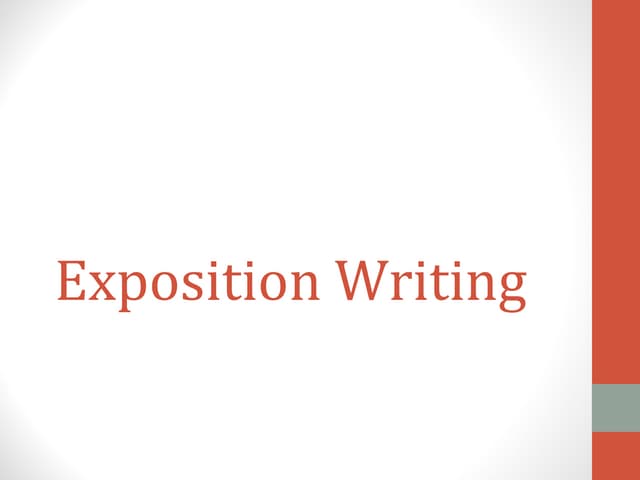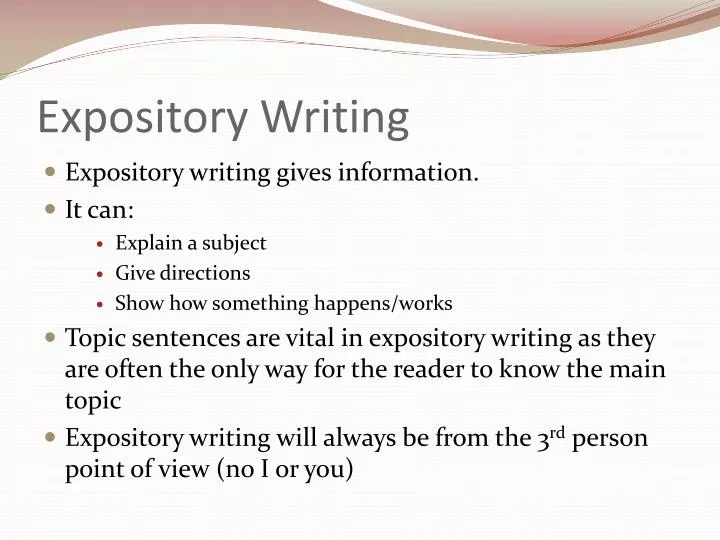
When external conflicts are represented by villains, those villains are usually embodiments of the two sides’ opposing values. If not for the external conflict, the character’s life would continue on its current path, but now everything the character values is at risk unless s/he can stop it. The external conflict is usually the influence that requires the character to take action in the first place. Even though they may be on the same side, what they want / need / believe makes it hard for them to work together or trust each other, which they’ll need to do in order to overcome the external threat. The interpersonal conflict usually stems from opposing worldviews, desires, or needs between two or more characters. The internal conflict is usually a flaw that the character needs to overcome in order to resolve the other conflicts in the story, which makes the story a document of the way the character changes. outside circumstances: nature, science, war, time, etc.) There are three core conflicts that drive any story: Establish Your Three Core Conflicts Early Let’s look at seven ways Villeneuve, Roth, and Spaights solved some of the biggest problems in any epic adaptation: exposition, story structure and the pace of information. So, why does Dune work so well as an adaptation? (In fact, while I thought pacing was one of the places where Villeneuve’s Blade Runner 2049 fell short, I’d say he just about nails it in Dune.) So while this choice may not be satisfying in the traditional “what happens next” sense, it does work in the “what change is this film trying to document” sense.īut in order for Dune to work at all, its screenwriters had to tell a lot of story at a relatively brisk pace.
#Exposition writing movie
Although this choice angered some critics who feel like the movie “just ends in the middle of the story,” it actually ends at a point that satisfies the script’s central question. The 2021 adaptation of Dune by writer-director Denis Villeneuve and screenwriters Eric Roth and John Spaights solves this problem by cutting the story of the Dune novel in half. Squeezing it all into one film - even at 2.5 hours long - was always going to be a tough job. The first book in Herbert’s epic saga introduces readers to a complex story world that spans across multiple planets, political conflicts, alien technologies, and secretive religions.



Special effects aren’t the only reason why Frank Herbert‘s 1965 sci-fi novel Dune has been so notoriously hard to adapt for film or TV.


 0 kommentar(er)
0 kommentar(er)
